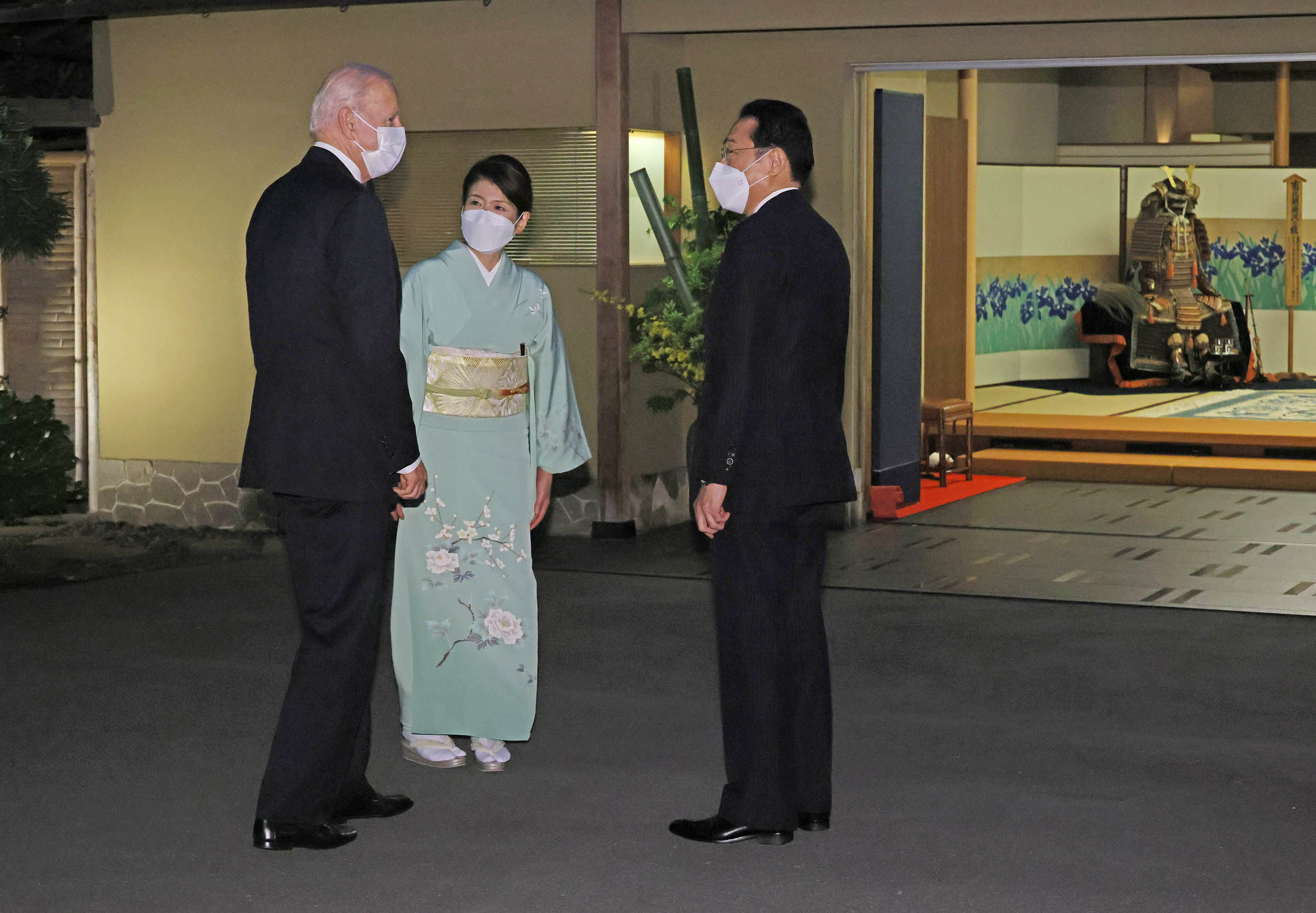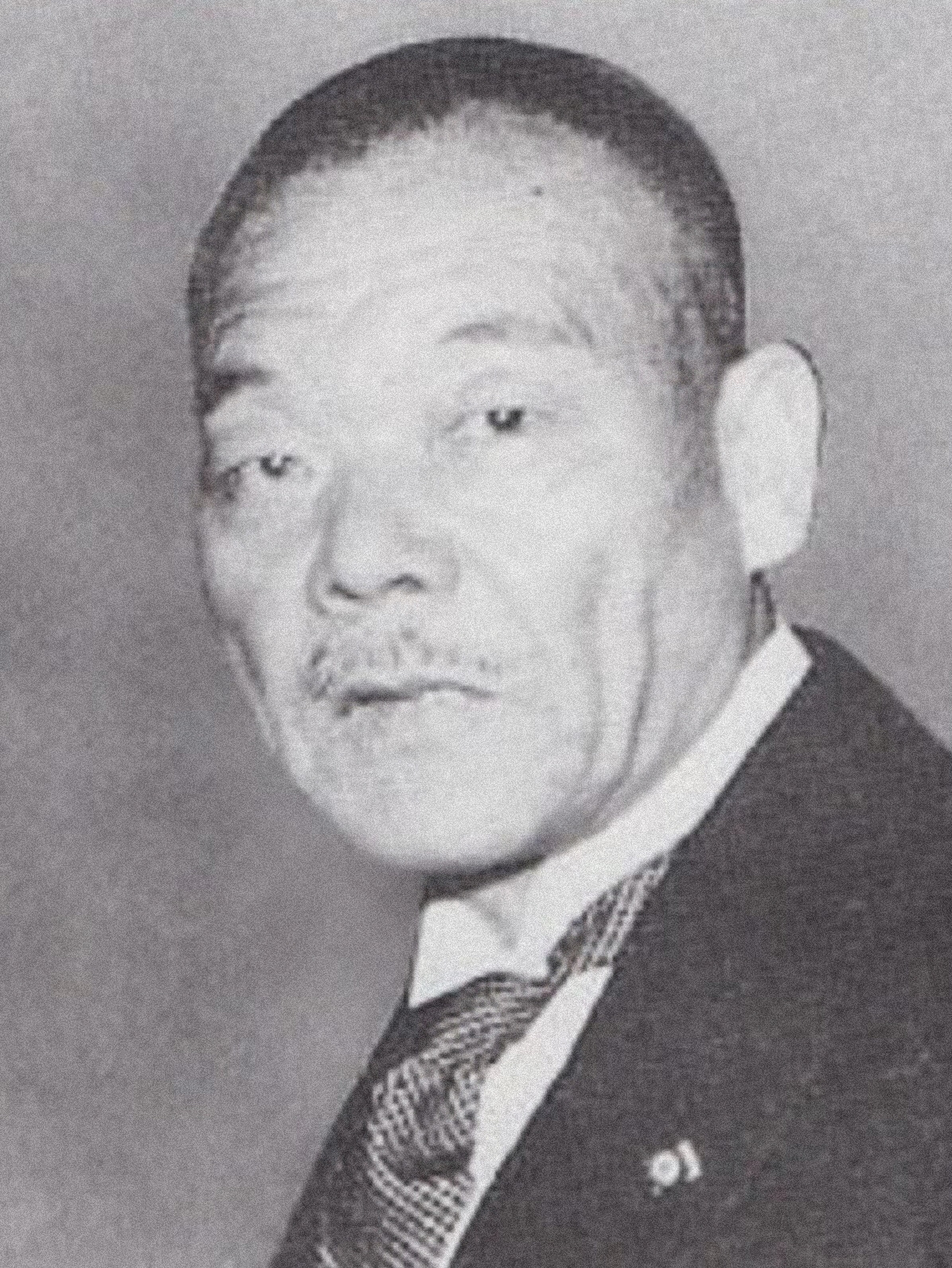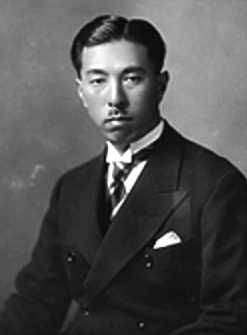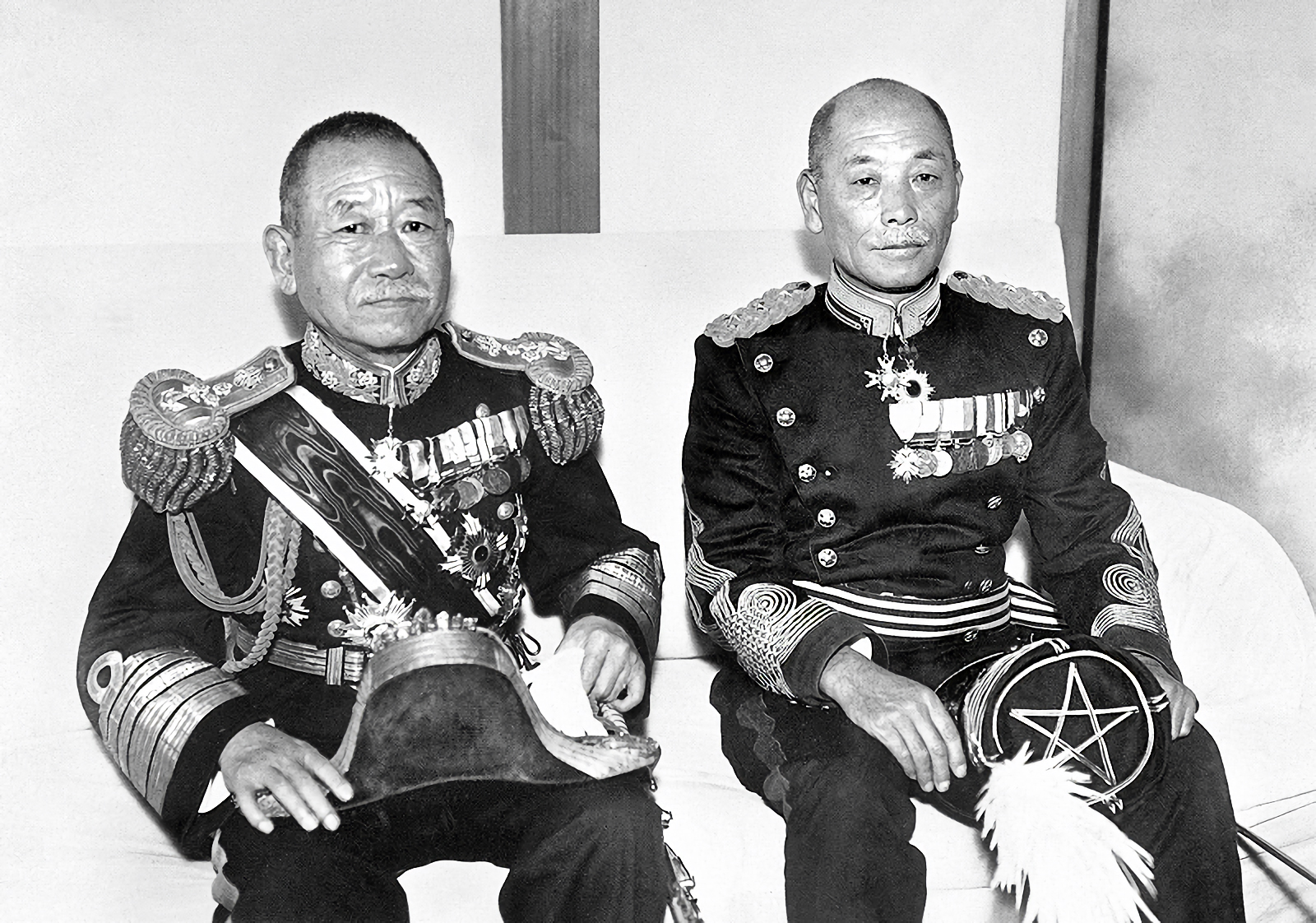|
Spouse Of The Prime Minister Of Japan
This is a list of spouses of Prime Minister of Japan, prime ministers of Japan. They have all been women. Role and duties The role of the prime minister's consort is not an official position, and so they are not given a salary or official duties. Spouse of the prime ministers of the Japan References {{First Ladies and Gentlemen Spouses of prime ministers of Japan, * Lists of spouses of national leaders, Japan ... [...More Info...] [...Related Items...] OR: [Wikipedia] [Google] [Baidu] |
Yuko Kishida
Yuko Kishida (, ''Kishida Yuko''; Wada; born 15 August 1964) is the spouse of the Prime Minister of Japan since 2021 as the wife of Fumio Kishida is a Japanese politician serving as Prime Minister of Japan and president of the Liberal Democratic Party (LDP) since 2021. A member of the House of Representatives, he previously served as Minister for Foreign Affairs from 2012 to 2017 and .... Biography Kishida was born in Miyoshi City, Hiroshima Prefecture, as the eldest daughter of a real estate company owner. She attended Hiroshima Jogakuin Junior and Senior High School, an integrated junior and senior high school. After graduating from high school, she attended Tokyo Women's Christian University. She has three sons with her husband Fumio Kishida. On 4 October 2021, her husband Fumio Kishida became Prime Minister of Japan after winning the 2021 Liberal Democratic Party (Japan) leadership election. References External links * 1964 births Living people Sp ... [...More Info...] [...Related Items...] OR: [Wikipedia] [Google] [Baidu] |
Wakatsuki Reijirō
Baron was a Japanese politician and Prime Minister of Japan. Early life Wakatsuki Reijirō was born on 21 March 1866, in Matsue, Izumo Province (present day Shimane Prefecture), the second son of samurai foot soldier (''ashigaru'') Okumura Sensaburō and his wife Kura. Though the family was of the samurai warrior nobility, they were very poor, and worked side jobs to finally support themselves. When Reijirō was three years old, his mother died. As the father and the eldest brother were ordered to work in Yamazaki, Kyoto by the Matsue Domain, the responsibilities of the house fell onto Reijirō's 11-year-old elder sister Iwa who took care of the three-year-old Reijirō while having a side job. The Okumura family were low-ranking even among the ''ashigaru'', and the family could not have a residence near the center of Sakaimachi. For this reason, the family lived in a rented house on the outskirts of the town, but by the time Reijirō was born, his father had just constructed ... [...More Info...] [...Related Items...] OR: [Wikipedia] [Google] [Baidu] |
Kuniaki Koiso
was a Japanese general in the Imperial Japanese Army, Governor-General of Korea and Prime Minister of Japan from 1944 to 1945. After Japan's defeat in World War II, he was convicted of war crimes and sentenced to life imprisonment. Early life Koiso was born on March 22, 1880, in Utsunomiya, Tochigi Prefecture, the first son of chief inspector of police and '' shizoku'' (former samurai) Koiso Susumu. He attended eight different schools, graduating from Yamagata Middle School (today Yamagata Prefectural Yamagata East High School). He was accepted as an officer candidate in 1898. Military career Koiso graduated from the Imperial Japanese Army Academy in 1900 and went on to attend the Army Staff College. Commissioned a 2nd Lieutenant in the 30th Infantry Regiment in June 1901, he was promoted to Lieutenant in November 1903. During the Russo-Japanese War, he served as Battalion Adjutant in September 1904, Company Commander in March 1905 and was promoted to captain in June 1905. ... [...More Info...] [...Related Items...] OR: [Wikipedia] [Google] [Baidu] |
Hideki Tojo
Hideki Tojo (, ', December 30, 1884 – December 23, 1948) was a Japanese politician, general of the Imperial Japanese Army (IJA), and convicted war criminal who served as prime minister of Japan and president of the Imperial Rule Assistance Association for most of World War II. He assumed several more positions including chief of staff of the Imperial Army before ultimately being removed from power in July 1944. During his years in power, his leadership was marked by extreme state-perpetrated violence in the name of Japanese ultranationalism, much of which he was personally involved in. Hideki Tojo was born on December 30, 1884, to a relatively low-ranking samurai family in the Kōjimachi district of Tokyo. He began his career in the Army in 1902 and steadily rose through the ranks to become a general by 1934. In March 1937, he was promoted to chief of staff of the Kwantung Army whereby he led military operations against the Chinese in Inner Mongolia and the Chahar-Suiyan ... [...More Info...] [...Related Items...] OR: [Wikipedia] [Google] [Baidu] |
Mitsumasa Yonai
was a Japanese general and politician. He served as admiral in the Imperial Japanese Navy, Minister of the Navy, and Prime Minister of Japan in 1940. Early life and career Yonai was born on 2 March 1880, in Morioka, Iwate Prefecture, the first son of former samurai Yonai Nagamasa. Nagamasa had formerly served the Nanbu clan of the Morioka Domain. He entered Kajichō Elementary School in 1886, and entered Morioka Middle School in 1890. After graduating from Morioka Middle School, he entered the Imperial Japanese Naval Academy. He graduated from the 29th class Imperial Japanese Naval Academy in 1901, ranked 68 of 125 cadets (Japan Center for Asian Historical Records, n.d.). After midshipman service on the corvette , and cruiser he was commissioned as ensign in January 1903. He served in administrative positions until near the end of the Russo-Japanese War of 1904–1905, when he went to sea again on the destroyer and the cruiser . After the war, he served as chief gunnery of ... [...More Info...] [...Related Items...] OR: [Wikipedia] [Google] [Baidu] |
Nobuyuki Abe
was a general in the Imperial Japanese Army, Governor-General of Korea, and Prime Minister of Japan. Early life and military career Abe was born on November 24, 1875, in Kanazawa, Ishikawa Prefecture, the son of former samurai Abe Nobumitsu. His father had formerly served the Kaga Domain. His brother-in-law was Imperial Japanese Navy admiral Shigeyoshi Inoue. Abe attended Tokyo No.1 Middle School ( Tokyo Metropolitan Hibiya High School) followed by No.4 High School. While still a student, he volunteered for military service during the First Sino-Japanese War. After the war, Abe graduated from the Imperial Japanese Army Academy in November 1897. Commissioned a second lieutenant the following 27 June, he was promoted to lieutenant in November 1900 and attended the Army Artillery School, graduating in December 1901. Promoted to captain in November 1903, he enrolled in the 19th class of the Army War College, graduating in November 1907. Ultranationalist General Araki Sadao was ... [...More Info...] [...Related Items...] OR: [Wikipedia] [Google] [Baidu] |
Hiranuma Kiichirō
was a prominent right-wing Japanese politician and Prime Minister of Japan in 1939. He was convicted of war crimes committed during World War II and was sentenced to life imprisonment. Early life Hiranuma was born in what is now Tsuyama City, Okayama Prefecture, as the son of a low-ranking samurai from the Tsuyama Domain of Mimasaka Province. He graduated with a degree in English law from Tokyo Imperial University in 1888. After graduation, he obtained a posting in the Ministry of Justice. In 1911, he was the prosecutor for the High Treason Incident, the 1910 socialist-anarchist plot to assassinate Japanese Emperor Meiji. The closed-court trial of 25 men and 1 woman, including 4 Buddhist monks, resulted in the execution of 12, including the feminist author Kanno Suga. Ministry of Justice Hiranuma established a reputation during his time at the Ministry of Justice as a strong opponent of government corruption and successfully handled a number of high-profile cases. He ser ... [...More Info...] [...Related Items...] OR: [Wikipedia] [Google] [Baidu] |
Fumimaro Konoe
Prince was a Japanese politician and prime minister. During his tenure, he presided over the Japanese invasion of China in 1937 and the breakdown in relations with the United States, which ultimately culminated in Japan's entry into World War II. He also played a central role in transforming his country into a totalitarian state by passing the National Mobilization Law and founding the Imperial Rule Assistance Association. Despite Konoe's attempts to resolve tensions with the United States, the rigid timetable imposed on negotiations by the military and his own government's inflexibility regarding a diplomatic resolution set Japan on the path to war. Upon failing to reach a peace agreement, Konoe resigned as Prime Minister on 18 October 1941, prior to the outbreak of hostilities. However, he remained a close advisor to the Emperor until the end of World War II. Following the end of the war, he committed suicide on 16 December 1945. Early life Fumimaro Konoe was born in To ... [...More Info...] [...Related Items...] OR: [Wikipedia] [Google] [Baidu] |
Senjūrō Hayashi
was a Japanese politician and general. He served as Imperial Japanese Army Commander of the Japanese Korean Army during the Mukden Incident and the invasion of Manchuria. He briefly served as Prime Minister of Japan in 1937. Early life Hayashi was born on 23 February 1876, in Kodatsuno, Kanazawa, Ishikawa Prefecture, the first son of secretary of Tonami District Office Hayashi Shishirō and his wife Bessho Saha. The family was a samurai-class family formerly in service to Kaga Domain. The second oldest of his brothers Hayashi Ryōzō became an Imperial Army Colonel, and the youngest brother Shirakawa Yūkichi became Vice Mayor of Tokyo. Hayashi dropped out of school in July 1894 to enlist in the Imperial Japanese Army at the start of the First Sino-Japanese War. After the end of the war, he attended the Imperial Japanese Army Academy, and on graduation in June 1897 was assigned to the IJA 7th Infantry Regiment. in 1903, he graduated from the Army Staff College. With the sta ... [...More Info...] [...Related Items...] OR: [Wikipedia] [Google] [Baidu] |
Kōki Hirota
was a Japanese diplomat and politician who served as Prime Minister of Japan from 1936 to 1937. Originally his name was . He was executed for war crimes committed during the Second Sino-Japanese War at the Tokyo Trials. Early life Hirota was born on 14 February 1878, in in what is now part of Chūō-ku, Fukuoka, Fukuoka Prefecture, to stonemason Hirota Tokubei (廣田 徳平). His father had been adopted into the Hirota family of stonemasons. Tokubei married Take (タケ), a daughter of the president of a Japanese noodle company. On 14 February 1878, the couple had a son, whom Tokubei named . They later had three more children. Tokubei's name is engraved on the epigraph which recognized masons who contributed to the construction of a statue of Emperor Kameyama in Higashi kōen (東公園) in Fukuoka city. Hirota's writing was recognized as good from a young age; the name plate of the torii gate of Suikyo Shrine was written by Hirota when he was 11. After attending Shuyuka ... [...More Info...] [...Related Items...] OR: [Wikipedia] [Google] [Baidu] |
Keisuke Okada
was an admiral in the Imperial Japanese Navy, politician and Prime Minister of Japan from 1934 to 1936. Biography Early life Okada was born on 20 January 1868, in Fukui Prefecture, the son of a samurai of the Fukui Domain. He attended the 15th class of the Imperial Japanese Naval Academy, graduating 7th out of a class of 80 cadets in 1889. He served as a midshipman on the ironclad warship ''Kongō'' and the cruiser . He was commissioned an ensign on 9 July 1890. He later served as lieutenant on the and as well as the corvette ''Hiei''.Nishida, Imperial Japanese Navy In the First Sino-Japanese War, Okada served on the . After his graduation from the Naval Staff College, he subsequently served on the and as executive officer on the . He was promoted to lieutenant on 9 December 1894, to lieutenant-commander on 29 September 1899 and to commander on 13 July 1904. During the Russo-Japanese War, Okada served as executive officer on a successor of vessels, including the , and ' ... [...More Info...] [...Related Items...] OR: [Wikipedia] [Google] [Baidu] |
Saitō Makoto
Viscount was a Japanese naval officer and politician. Nussbaum, Louis-Frédéric. (2005)"Saitō Makoto"in ''Japan Encyclopedia'', p. 809. Upon distinguishing himself during his command of two cruisers in the First Sino-Japanese War, Saitō rose rapidly to the rank of rear admiral by 1900. He was promoted to vice admiral during the Russo-Japanese War in 1904. After serving as Minister of the Navy from 1906 to 1914, Saitō held the position of Governor-General of Korea from 1919 to 1927 and again from 1929 to 1931. When Inukai Tsuyoshi was assassinated in May 1932, he took his place as prime minister and served one term in office. Saitō returned to public service as Lord Keeper of the Privy Seal in February 1935 but was assassinated only a year later during the February 26 Incident. Saitō was the last former prime minister to be assassinated until 2022, with the assassination of Shinzo Abe. Early life Saitō was born in Mizusawa Domain, Mutsu Province (part of present-day ... [...More Info...] [...Related Items...] OR: [Wikipedia] [Google] [Baidu] |









